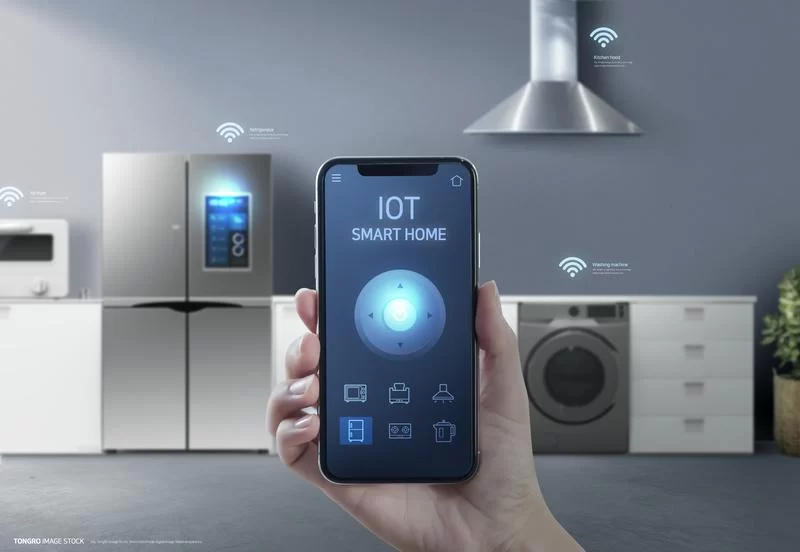Energy Management Systems (EMS): Transforming Energy Efficiency in Buildings
Introduction
The integration of IoT (Internet of Things) devices in energy management systems represents a significant leap toward achieving sustainable and efficient energy solutions. IoT devices can monitor, analyze, and manage energy consumption in real-time, leading to improved energy efficiency and reduced operational costs. This article explores the future of energy management through the lens of IoT technology.

Benefits of IoT in Energy Management
1. Real-Time Monitoring and Analysis
IoT devices enable continuous monitoring of energy consumption, providing real-time data that can be analyzed to identify inefficiencies and optimize energy use.- Data Collection: Sensors collect data on energy usage from various sources.
- Analytics: Advanced analytics tools process the data to provide actionable insights.
2.Automated Energy Management
IoT devices can automate energy management processes, reducing human intervention and errors.- Smart Controls: Devices can adjust lighting, HVAC systems, and other energy-consuming equipment based on real-time data.
- Energy Scheduling: Automated systems can schedule energy usage to coincide with off-peak hours, reducing costs.
3. Predictive Maintenance
IoT technology can predict when equipment is likely to fail, allowing for timely maintenance and reducing downtime.- Condition Monitoring: Sensors monitor the condition of equipment continuously.
- Predictive Analytics: Data analytics predict potential failures and maintenance needs.
Challenges and Solutions
1. Data Security
With the increased use of IoT devices, data security becomes a critical concern.
- Encryption: Implement robust encryption methods to protect data.
- Access Control: Ensure only authorized personnel have access to sensitive data.
2. Interoperability
Integrating IoT devices with existing systems can be challenging.
- Standardization: Develop and adhere to industry standards for IoT devices.
- Integration Platforms: Use platforms that facilitate the integration of diverse IoT devices.
3.Scalability
As the number of IoT devices increases, systems must be able to scale efficiently.
- Modular Systems: Implement modular systems that can grow with demand.
- Cloud Solutions: Use cloud-based solutions to handle increased data and device management needs.
Conclusion
The integration of IoT devices into energy management systems offers substantial benefits in terms of efficiency, cost savings, and sustainability. By addressing challenges such as data security, interoperability, and scalability, businesses can harness the full potential of IoT technology to create smarter, more sustainable energy management practices.

